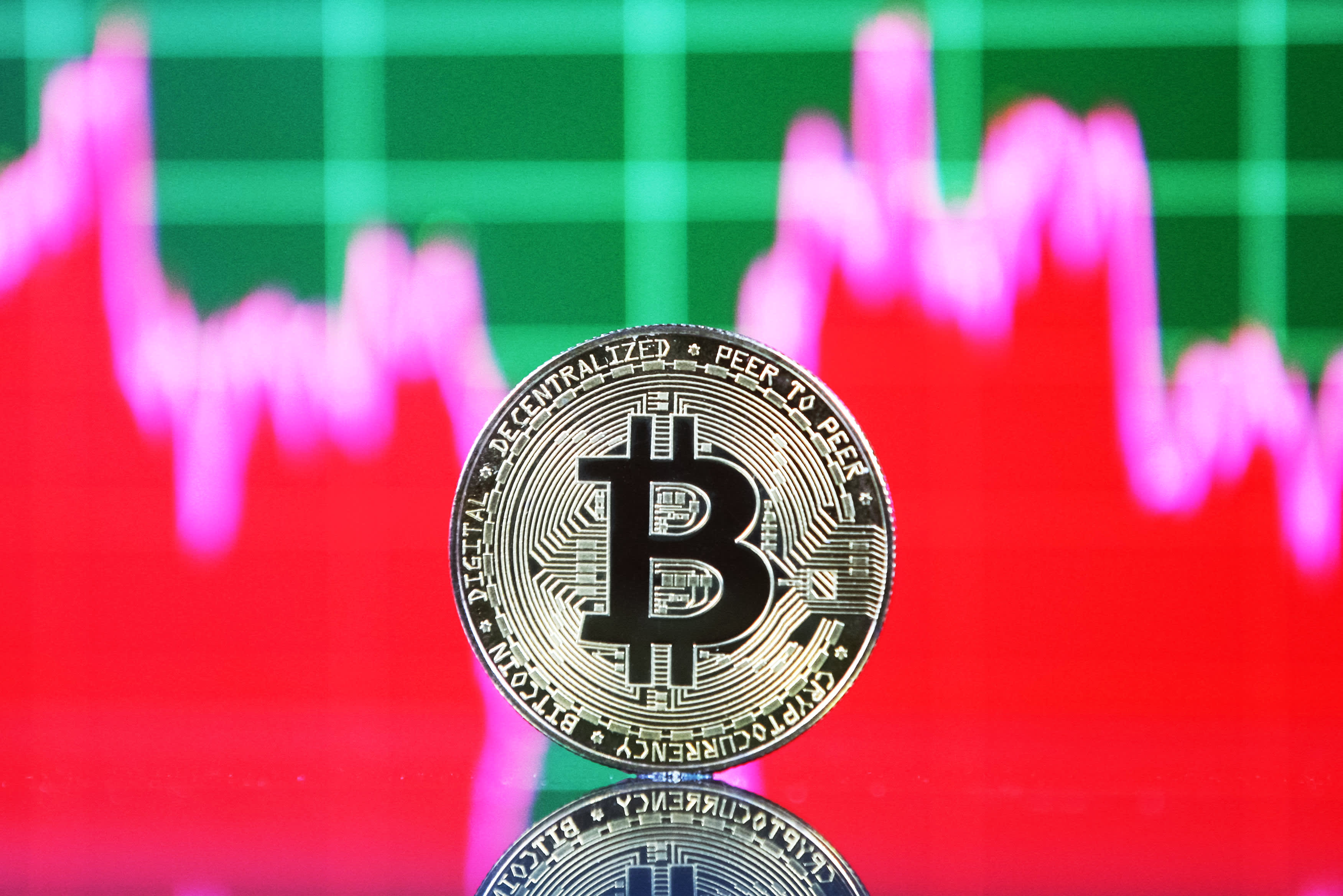Bitcoin Mining Hashrate Records Third Biggest 3-Month Peak in Last 5 Years

Data shows that the Bitcoin mining hashrate has recently recorded its third largest 3-month increase in the last five years.
Bitcoin Mining Hashrate has gone up sharply lately
As an analyst at Twitter pointed out, only the aftermath of the 2021 China ban and the 2019 bear market saw faster increases. “Mining hashrate” is an indicator that measures the total amount of computing power that miners have connected to the Bitcoin blockchain.
As the value of this metric goes up, miners bring more machines online on the BTC network right now. Such a trend suggests that the blockchain is currently attractive to these chain validators.
On the other hand, the indicator’s value going down suggests that some miners are disconnecting their rigs from the network. This could be a sign that the average miner is not finding BTC mining that profitable at the moment.
Now, here’s a chart showing the trend of the Bitcoin mining hashrate, as well as its 3-month percentage change, over the past few years:
The value of the metric seems to have been quite high in recent days | Source: James V. Straten on Twitter
The graph above shows that the Bitcoin mining hash rate (the orange curve) has observed a sharp upward trend in recent weeks. Because of this exceptional, consistent growth, the 3-month percentage change in the indicator has also shot up.
According to this rise, the value of the metric has grown by approximately 52% in the last three months. This increase in hashrate is the third highest the BTC blockchain has seen in the last five years.
The biggest in this period came in the wake of the 2018-2019 bear market when the April 2019 rally took place. Many miners may find it unprofitable to mine the coin during bear markets. Therefore, the hash rate can be significantly reduced when miners disconnect from the network.
When the April 2019 rally took place right after the worst part of the bear market, the miners suddenly found it very profitable to mine the asset again, so they quickly reconnected their machines, hence why the hash rate showed such a sharp jump.
The second largest 3-month upward adjustment came when the bull run in the second half of 2021 started. Earlier that year, China had enforced a ban on Bitcoin mining in the country, leading to a mass migration of miners out of the country.
This migration can also be seen in the chart, as a large negative 3-month hashrate change occurred in May-July 2021. As miners completed the migration and set up their facilities again, the hashrate bounced back.
Now the recent trend in the indicator is interesting. During the bear market of 2022, the hash rate only saw an upward growth, although the price saw a deep decline.
The likely reason behind this is that miners enjoyed huge profits in the 2021 bull run, so they laid out their expansion plans with them in mind, and the facilities took only a little time to set up, hence the positive growth in the bear market.
Naturally, the recent sharp rise in the indicator is likely to have come partly from such growth, and partly because the recent rally has made mining profitable again.
BTC price
At the time of writing, Bitcoin is trading around $26,900, down 4% in the last week.
BTC has plunged | Source: BTCUSD on TradingView
Featured image from Dmitry Demidko at Unsplash.com, Charts from TradingView.com, Glassnode.com

























